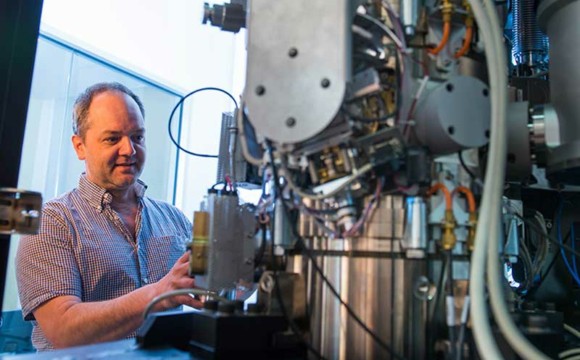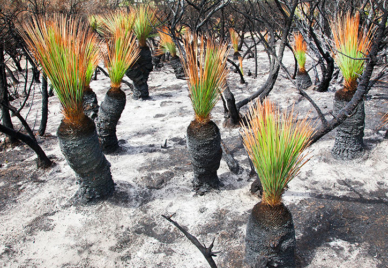
The Challenge
Advanced microscopes underpin a huge range of critical research, from the ultra-light and strong materials of the future to life-saving treatments for cancer.
As these instruments have evolved, so have the quantities of data they produce. How can this data be stored and managed so that it’s findable, accessible, interoperable and reusable (FAIR) for further research?
The Response
The Australian Characterisation Commons at Scale (ACCS) project is resolving the big-data challenges faced by microscopy facilities by providing tools, best-practice guides, specialised training, and knowledge sharing.
The ACCS established a rich ecosystem of computing systems, data repositories, workflows and services, connected with instruments, for researchers who use characterisation techniques or imaging collections, and facility scientists who run instruments.
The ACCS underpins techniques including:
- electron (EM) and light microscopy
- magnetic resonance imaging
- magnetoencephalography
- electroencephalography
- positron emission tomography
- X-ray CT
- nuclear and synchrotron techniques
- cytometry
- secondary-ion mass spectrometry
- X-ray diffraction
- scattering techniques
- nuclear magnetic resonance (NRM).
The project had 3 specialised programs that, combined, bridged the resolution gap from the macrostructural to the atomic level.
- Big Data Electron and Correlative Microscopy from Instrument to Publication addressed the challenges generated by new EM and light techniques. This includes cryo-electron microscopy which is becoming broadly available across Australia, and new material techniques.
- Biomedical Imaging Collections and Analysis addressed collections-based research being undertaken across the fleet of Australian imaging instruments, including those across the National Imaging Facility, medical research institutes and clinical sites.
- National Tools for Scattering and Beyond integrated environments for scattering data such as that obtained at ANSTO and will be broadly applied to other techniques including NMR or drug discovery.
The Outcomes
Access ImagingTools, where you can find and access digital characterisation resources including online environments, computing facilities, data, training and events.
The ACCS has established a coherent and accessible informatics landscape that promotes collaboration, increases return on investment, and delivers value to researchers, while uplifting the research capability offered to industry.
Who Will Benefit
The ACCS benefits thousands of researchers who use characterisation techniques, facility scientists who run instruments, and researchers using imaging collections, and will uplift the research capability offered to industry.
Research communities will benefit by reducing the time to publication and increasing the quality and reproducibility of their research. Funders can increase the return on investment in instruments and focus their funding on research.
The Partners
- Monash University
- AARNet
- Bioplatforms Australia
- Flinders University
- EMBL Australia
- Microscopy Australia
- National Imaging Facility
- Pawsey Supercomputing Centre
- QCIF
- RMIT University
- Swinburne University
- The Florey Institute of Neuroscience and Mental Health
- The University of Melbourne
- University of New South Wales
- University of Queensland
- University of South Australia
- University of Sydney
- University of Western Australia
- University of Wollongong
Contact the ARDC
Timeframe
Current Phase
ARDC Co-investment
Project lead
Categories
Related Case Studies

Related Articles
- ARDC Nectar Research Cloud Doubles National Capacity for Australian Researchers
- Big Images, Big Data Challenges
- Australian Researchers Are Helping Revolutionise Pharmaceutical Drug Design
- Shaping Research Software: An Interview with Varvara Efremova
- New Electron Microscopy Data Processing Portal Launched





